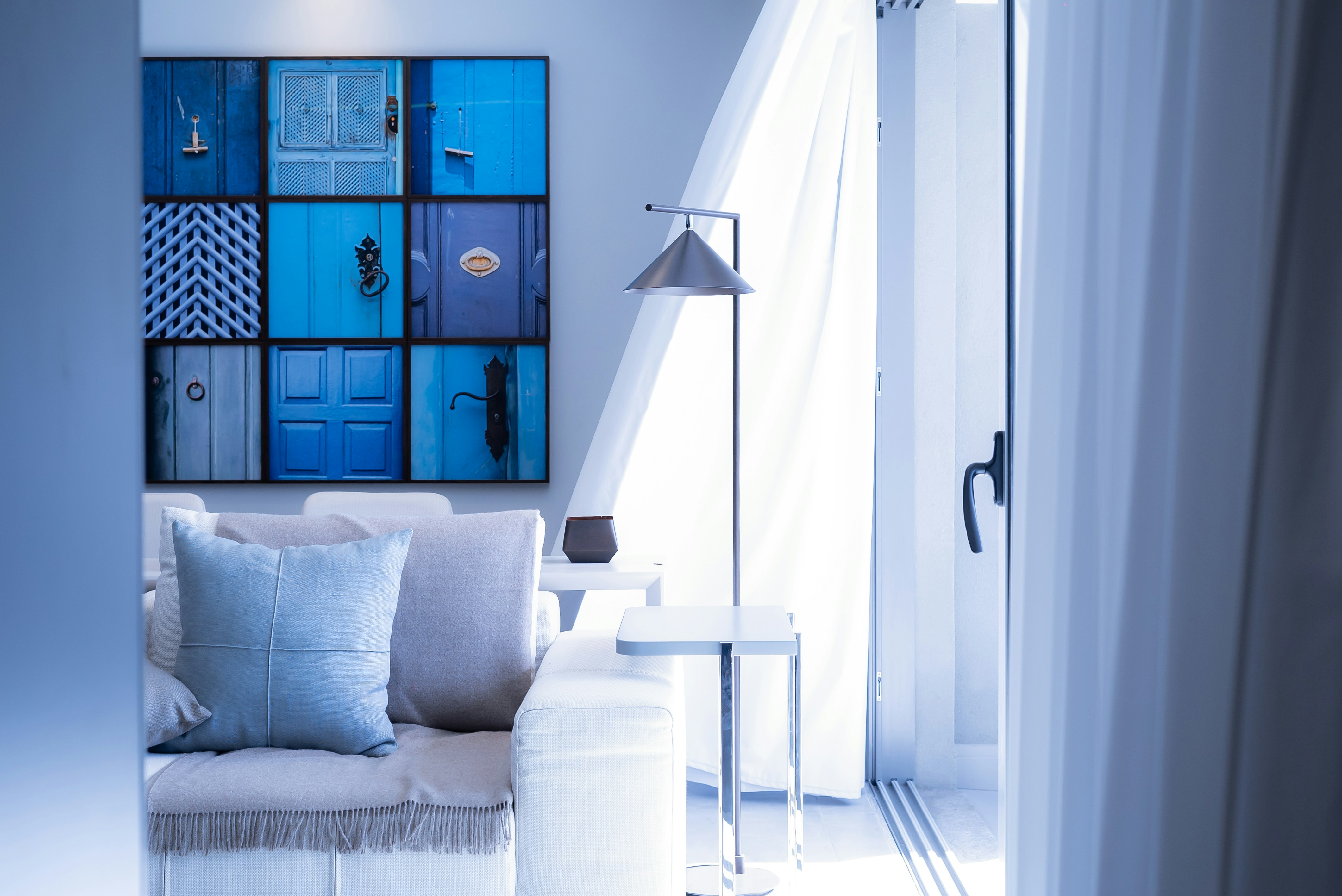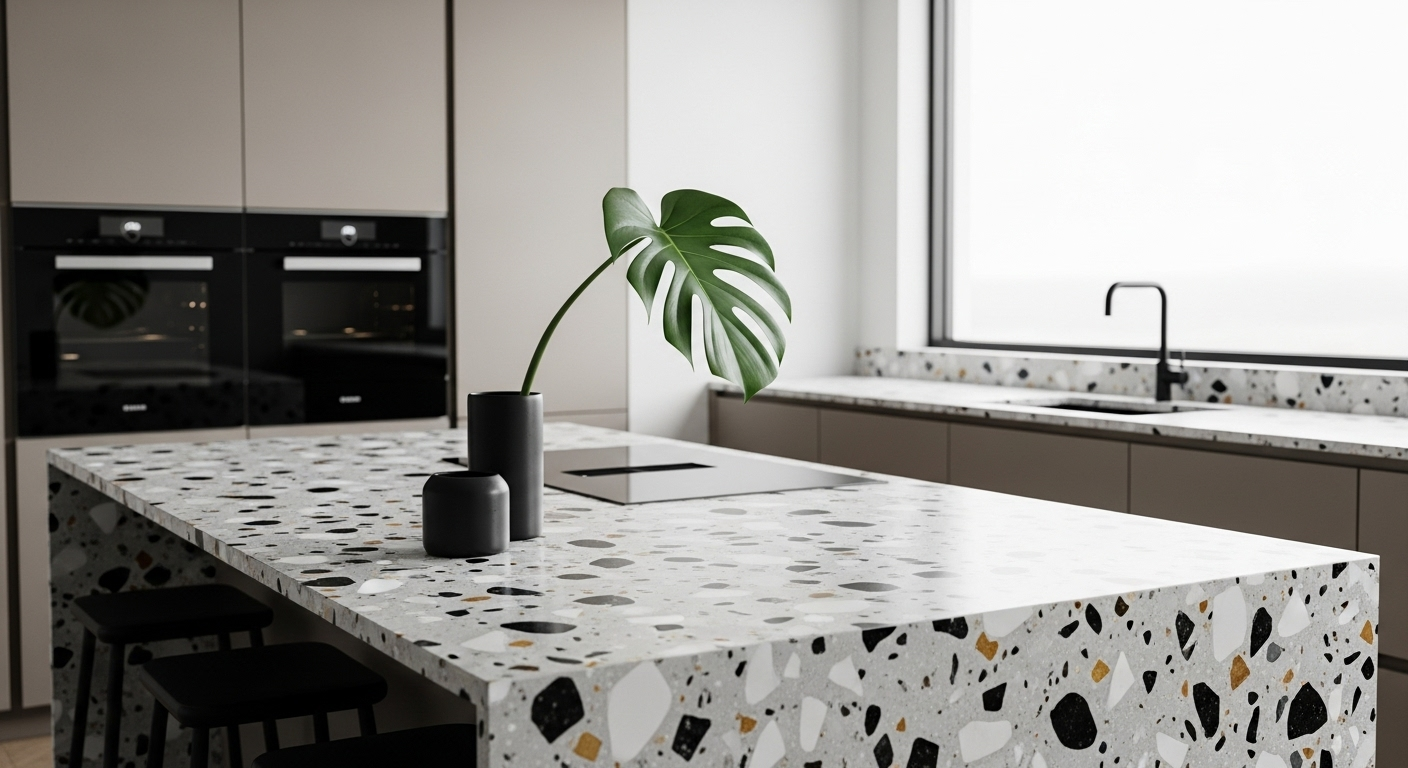"Innovative Approaches to Modernizing Traditional Interiors"
In the ever-evolving world of home design and decor, tradition meets innovation in the most surprising ways. This article delves into the innovative approaches to modernizing traditional interiors, blending the past's charm with today's functionality for a timeless, captivating aesthetic.

The Evolution of Traditional Interiors
Traditional interiors have a rich history, harking back to the splendor of European decor with its emphasis on elegance and comfort. Over the years, these styles have evolved, adapting to changes in lifestyle and technology. Today, the modernization of traditional interiors involves infusing contemporary elements into classic designs, creating a balanced blend of old and new.
Modernizing with Color and Pattern
One of the primary ways to modernize traditional interiors is through the use of color and pattern. While traditional designs often feature rich, deep hues and elaborate patterns, a modern twist involves opting for lighter, airy colors and minimalist patterns. This creates a sense of space and lightness, rejuvenating the traditional aesthetic.
The Role of Furniture
Furniture plays a crucial part in this transformation. Swapping heavy, ornate furniture pieces for sleeker, simpler designs can instantly add a contemporary feel. Incorporating multifunctional furniture, a hallmark of modern design, can further enhance the practicality and appeal of the space.
Lighting and Accessory Updates
Lighting and accessories also contribute significantly to the modernization of traditional interiors. Replacing chandeliers and ornate lamps with contemporary lighting fixtures can dramatically alter the room’s ambiance. Similarly, minimalist, geometric accessories can provide a contrasting element to the room’s classical features.
Balancing Tradition and Innovation
The key to successfully modernizing traditional interiors lies in balance. It’s about respecting and showcasing the beauty of classical designs while seamlessly incorporating modern elements. The result is a home that exudes timeless elegance, enriched by the convenience and style of contemporary living.
In conclusion, the innovative approaches to modernizing traditional interiors involve clever use of color, furniture, lighting, and accessories. It’s a process that requires a clear understanding of both traditional and modern design principles, an eye for aesthetics, and a willingness to experiment. The result is a unique, harmonious blend of old and new that speaks to today’s lifestyles while paying homage to the past.





